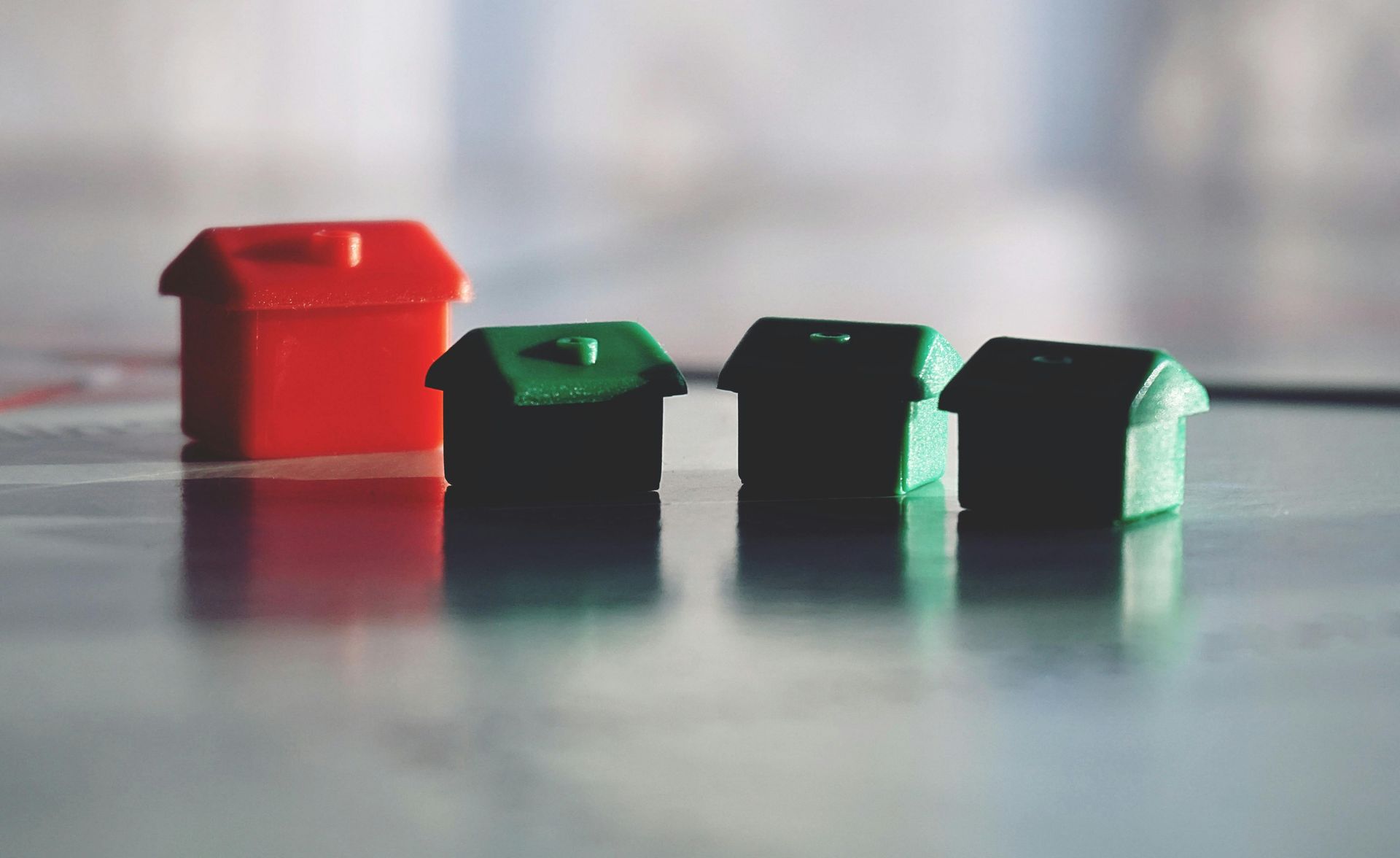
The Power of Pricing: Why It Matters When Listing Your Home
When it comes time to sell your home, there are plenty of factors to consider – curb appeal, staging, marketing strategy, timing – but perhaps none is as crucial as pricing. Set the right price, and your home can generate interest, spark bidding wars, and sell quickly. Get it wrong, and your listing may languish on the market, costing you time and money.
Here’s why pricing your home correctly from day one is so important – and how to get it right.
1. First Impressions Count
The first few days your home is on the market are critical. This is when interest is at its peak, and buyers and agents are scanning new listings closely. If your home is priced right, it can draw strong attention, often leading to multiple showings – and sometimes even multiple offers.
Overpricing in those early days can cause your listing to be overlooked entirely. Buyers might assume you’re not serious about selling, or worse, that there’s something wrong with the property if it doesn’t match the value of comparable homes.
2. The Danger of “Testing the Market”
Some sellers believe they can start high “just to see what happens” and they “can always drop the price later” if needed. While this might seem logical, it usually backfires. A property that sits on the market too long becomes stale. Buyers may begin to wonder why it hasn’t sold and assume it must be overpriced, flawed, or that the seller is unreasonable.
Even when you reduce the price later, that initial spark of interest is hard to reignite. In fact, homes that are price-reduced often end up selling for less than if they had been correctly priced from the start.
3. Buyers Are Educated – and Have Options
Today’s buyers are savvy. With tools like Realtor.ca, apps like HouseSigma, and MLS access through their agents, they can instantly compare your home’s price with similar properties in your area. If the market is soft and inventory is high (as we’ve seen recently) buyers will simply move on. But, no matter the market conditions, if your price is significantly higher than others with comparable features, it’s unlikely your house will be on buyers’ radar.
Pricing your home in line with (or just slightly below) market value creates a sense of urgency. Buyers may fear missing out, which can lead to quicker offers – and sometimes even competing offers.
4. Appraisals Still Matter
Even if you manage to attract a buyer with an aggressive price, that doesn’t guarantee a done deal. Typically, transactions involve a lender, and that lender will quite likely require an appraisal. If your home doesn’t appraise for the agreed upon price, the deal can fall apart – or it’s quite possible you may be forced to renegotiate.
Pricing accurately from the beginning helps avoid surprises during the appraisal process and keeps your deal on track.
5. You Can Still Maximize Your Profit
Correct pricing doesn’t mean leaving money on the table. In fact, it often does the opposite. A well-priced home draws more attention, more showings, and more offers. With increased demand, you’re more likely to get a full-price offer – or even above asking.
The goal is to position your property so it stands out as a great value, not just another
overpriced listing.
How to Find the Right Price
Pricing isn’t guesswork – it’s strategy. Here are a few steps I’ll employ to help nail it:
- Prepare a Comparative Market Analysis (CMA)
- Review recent sales in your neighbourhood with similar square footage, layout, and features
- What’s happening in your neighbourhood – does it have more or less available inventory than the broader market, and how does this compare to the recent number of sales?
- Evaluate current competition – how does your home compare to what’s already on the market?
- Adjust for unique features (i.e. pool, view, upgrades) that add or subtract value
- Consider market trends – is it a buyer’s or seller’s market?
- Be mindful of other factors such as seasonality, interest rates, elections, political factors, and more
Working with a trusted real estate professional who knows your local market and has a proven track record of successful pricing strategies is likely to result in an accurately priced listing that sells quickly.
Selling a home is both an emotional and financial decision, and pricing it correctly is the cornerstone of a successful sale. Don’t let sentimental value or wishful thinking cloud your judgment. Instead, rely on data, expert guidance, and market insights to find the sweet spot that gets your home sold – quickly, confidently, and for the best possible price.
Remember: you only get one chance to make a first impression. Make it count – with the right price.
GET IN TOUCH
As your trusted resource for all things real estate, we would be more than happy to provide you with additional insight on how to best prepare for buying or selling real estate. If you have any questions about the market, please reach out anytime. Want a better real estate experience? Call the Giles Team, we are always happy to help.
NOT RECEIVING OUR NEWSLETTER?
Send us an email so we can add your name and address to our monthly mailout.
We look forward to connecting
DK and Amanda
Share this Post






